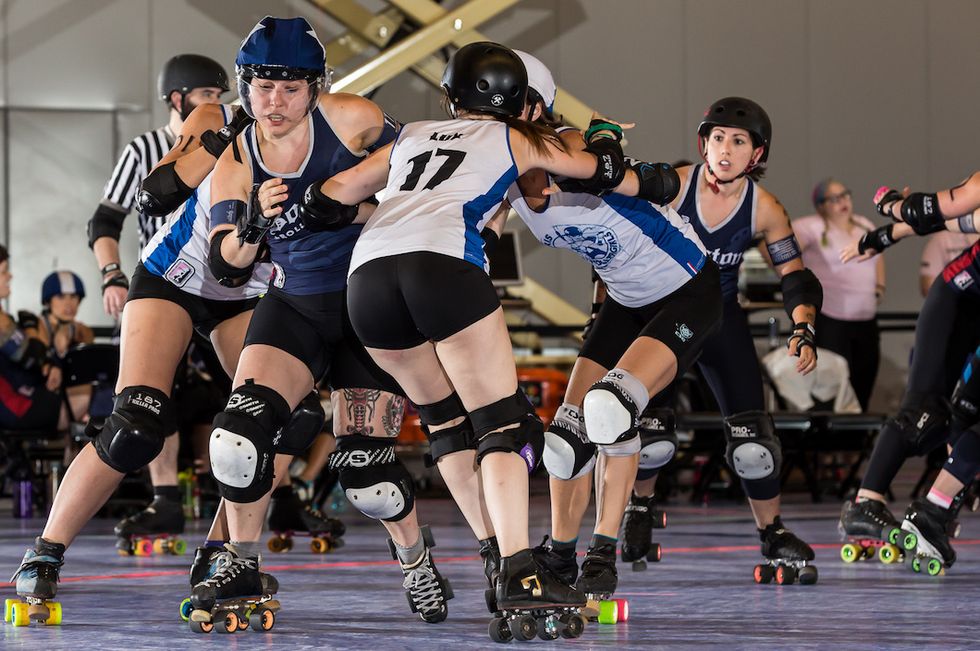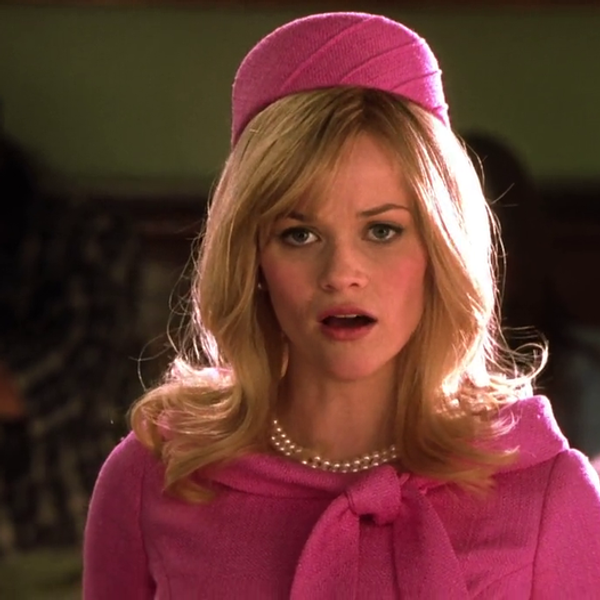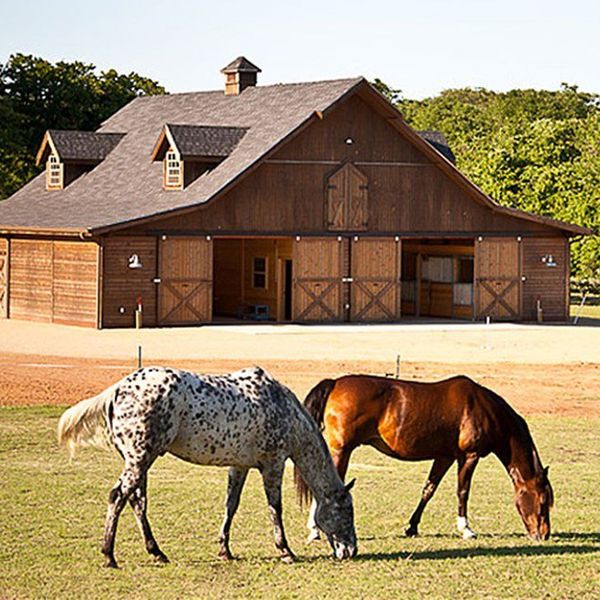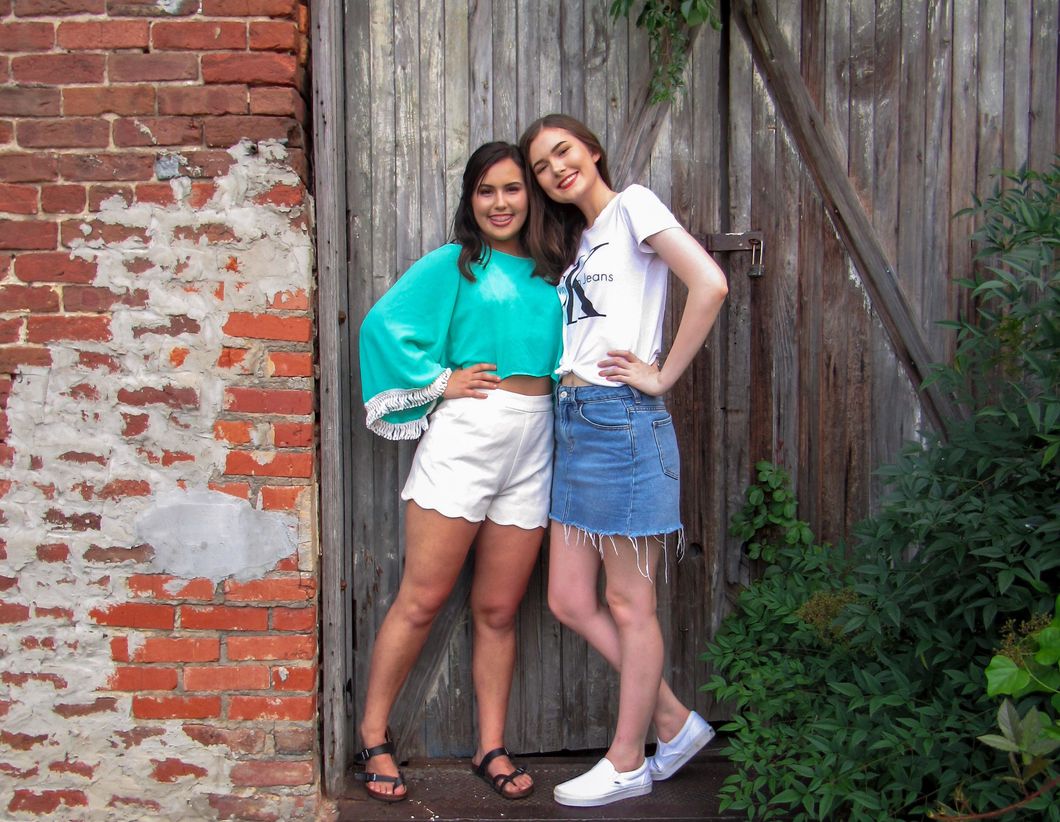When I was a junior in high school, my mom introduced me to the sport of roller derby. When she was in her teens and 20's, she had spent her time roller skating through the streets of California, and had nothing but fond memories when she looked back at her hobby that she excelled at. Almost 30 years later, she finally decided to get back into skating again. She and I found local rinks and would go together during adult nights and she would attempt to teach me how to roller skate. It took me a few times, but I picked it up pretty quickly and found myself really enjoying the feeling of being on skates.
After about a month, my mom asked me if I had ever heard of roller derby. I hadn’t, and she explained it to me. To summarize it as simply as possible, I’ll quote from Wikipedia:
Roller derby is “a contact sport played by two teams of five members roller skating in the same direction (counter-clockwise) around a track…consists of a series of short matchups (jams) in which both teams designate a jammer who scores points by lapping members of the opposing team. The teams attempt to hinder the opposing jammer while assisting their own jammer—in effect, playing both offense and defense simultaneously.”
When I first heard her say this, I had the wrong stereotypes of roller derby in mind.
I referenced stereotyped representations from TV and movies, portraying it as a theatrical sport where women were shown hitting and punching each other in order to push their jammer farther along. I also immediately asked my mom, “isn’t that the sport where most of the women are gay and hit each other?” Looking back now, it is so unfortunate that the sport of roller derby is tarnished by the media’s uninformed knowledge of it, classifying it as a violent performance involving tough, butchy lesbians.
My mom luckily informed me of what it actually was, and told me that the Boston Derby Dames (the national team closest to where we lived) was starting a junior derby team, consisting of girls ages 7-17. I was 16 at the time, and decided to join. After doing it for about a year and a half, I can say it was the most interesting, challenging, and empowering thing I’ve ever done. When I started junior derby with girls of all ages (I was the oldest in the junior team then), I was scared that I wouldn’t be able to handle it. "It’s for tough girls," I thought, and I never considered myself “tough” in the slightest.
Although I was fairly capable of skating like I had skated at recreational roller rinks, the skating done in derby is very different, and something we all had to get used to. Starting from the very first day, we were not given any slack—even the seven and eight-year-olds. Our coaches were professional, successful roller derby athletes who played for Boston Derby Dames, ranked number nineteen in the entire world for Women’s Flat Track Roller Derby Association at the time. They did not go easy on us, and looking back now, I’m so glad they didn’t. We had grueling hour and a half practices two times a week, doing non-stop drills and exercises leaving our muscles sore and sweat dripping down our faces.
Despite how uncomfortable that sounds, I loved it immediately. I learned right away that derby is more about skill, team-work, and strength, than just hitting people and wearing fishnet tights. One of the first things I realized about derby was that there were actually numerous penalties and rules put in place that monitored the players so they couldn’t just go around hitting people unfairly. There are only certain places you can “hit” another player, and only certain places on your own body that you can “hit” with. Most of derby is about being in touch with how your other teammates work, and developing strategies to strengthen defense in non-forceful ways. It also focused on the foot-work of being jammers and blockers, and emphasized skills in order to break through packs without using consequential force on other players.
While doing derby, I learned so much about female empowerment. The women who coached me and who I trained with were confident, strong, kind individuals. They weren’t these “tough and mean” girls that most of the media chooses to portray derby women as. Most of them were nurses, teachers, and some of the nicest people I’ve ever met in my entire life.
They promoted so much of what I now stand for, and I thank them all for being such a positive influence on me in my life during that time, and still leaving a lasting impact on me now. At the end of my derby training experience, we were lucky enough to have a photographer named Kate T. Parker, who at the time was working on a photojournalism book about strong girls in athletics around the country, come visit our track and take pictures of us for a part in her upcoming book. Most of us got photographed, but only one other girl and I ended up in her final edition of the book, and the photo of me was even used in her art gallery opening in New York City. The book is called “Strong is the New Pretty," and to me, it embodied everything I had learned and experienced from doing roller derby.
Even though I don’t participate in derby any longer (I generally prefer speed skating at local rinks), I wouldn’t give up my experience and the amazing women I met for anything. If you ever have the chance, please go to a roller derby bout to see the incredible skills that derby women possess.
For UF readers: If you’re in Gainesville, go check out the Gainesville Roller Rebels and support your local roller derby team! And for my former BDD teammates and coaches: Boston, Boston, Pinch Pinch Pinch!






















